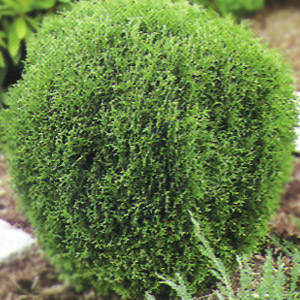{article.name} Monthly Blog Articles
WE DELIVER
Peterborough, NH: 603-924-6801 Brattleboro, VT: 802-254-8755 Walpole, NH: 603-756-9400 Hillsboro, NH: 603-464-3755 Milford, NH: 603-673-1669 Keene, NH: 603-357-5720Prepare Your Trees & Shrubs for Winter

- Share this:
- Share on Facebook
- Pin on Pinterest
- Tweet on Twitter
If you’ve invested a lot of time and money into your landscaping this year, the last thing you want is for all of your beautiful plants, shrubs, and trees to become damaged by the impending winter
 weather. Below we’ll discuss what dangers winter can pose for your landscaping and what you can do to reduce the chances of damage.
weather. Below we’ll discuss what dangers winter can pose for your landscaping and what you can do to reduce the chances of damage.
Winter sun, wind and cold
These factors can damage evergreen foliage, damage bark, branches and roots. Damage from cold is more likely in early fall or late spring when cold temperatures are still possible, yet there’s no snow cover to protect them. Sun damage occurs when the direct, intense sun activates cambial activity in the tree, yet when the sun goes down or is obstructed, the rapidly freezing temperature can kill the active area. Young trees and shrubs are more susceptible.
Evergreens can lose color, taking on a brown or bleached appearance. This occurs due to the intense sun and wind, which causes a high level of transpiration (when the plant loses moisture into the air). Since in many cases the ground is frozen, the plant is unable to replenish the much needed moisture. A burlap wrap can effectively protect your evergreens from these damaging factors. If you’re not able to wrap the burlap effectively around your shrubs, you can build a frame or “cage” out of wooden stakes and chicken wire, then envelope the wire mesh in burlap to provide an effective barrier from the winter weather. Also, there are sprays available that act as anti-drying agents that can be used on some plants, protecting them from the dehydrating effects of winter wind.
Snow and ice
The weight of snow and ice can be too extreme for many trees and shrubs, resulting in broken branches or even in some cases, downed trees. Upright evergreen shrubs and “clumping” trees that tend to grow closely together are very susceptible to snow and ice damage, as they provide a wide surface area for accumulation and lack the strength to hold up the weight. To protect from the weight of snow and ice, smaller plants can be covered with burlap, or blocked by a burlap or snow fence barrier. Smaller shrubs can be protected with “shrub-shelters”, which are essentially two boards held in an A-framed position across the front or back by another board. These can be placed over top the shrub, protecting it from the snow and ice.
Salt
Salt is caustic to both plants and soil. Its use can cause dieback along walkways, sidewalks and driveways. The best method for protecting your trees and shrubs is not to plant them in an area prone to salt exposure. In areas where salt spray is likely, burlap covering may offer some protection from salt and salient moisture.
Animals
Animals, driven by food shortages can resort to eating bark, tender branches, buds and foliage. To protect from animal damage, wire mesh or screening is a useful deterrent. However, this may be too expensive or time consuming if you have a lot of shrubbery to protect. If that is the case, there are repellents available as well. Those containing thiram are known to be effective. Thiram will make the plant undesirable to most offending wildlife. For deer, some homeowners hang rags containing the repellent on trees with some success.
Other things you can do:
Don’t over water or fertilize too late in the season. If instead, you gradually reduce the water and fertilizer intake in early autumn, the plants will begin to harden off for the upcoming winter.
During your fall cleanup, gather up unwanted brush and branches suitable to mulch, and rent a mulcher for the weekend. Take the mulch and spread it around the shrubbery you wish to protect. This will keep the beds moist and protected from the harsh winter weather.



Comments